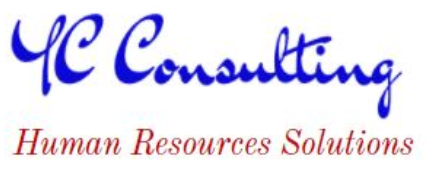The importance of mental health and wellness in HR is rising in the eyes of employers. According to the most recent HR Exchange Network State of HR study, HR leaders ranked keeping talent and mental health and wellness as their top two issues. In addition, those polled indicated that burnout was the pandemic’s most significant side effect. Burnout and the blurring of work and home life tied for the top challenge to employee engagement with 28% of the vote each. Additionally, 30% of respondents cited employee experience and engagement as their top priorities.
What is Mental Health and Awareness?
According to the American government, mental health refers to a person’s emotional, psychological, and social well-being. A person’s mental health affects their thoughts, feelings, and behaviours, as well as their resilience and interpersonal interactions.
The Society for Human Resource Management defines wellness as an employee’s whole health, including their mental and physical state. Employers who strongly emphasize wellness want to provide their staff with proactive ways to fend off sickness and long-term health issues.
While wellness refers to a person’s overall health, mental health describes the state of mind of an employee. Even HR professionals occasionally confuse wellness with well-being, but there is a difference. The term “wellbeing” relates to a person’s contentment or job satisfaction at work. Undoubtedly, both mental health and wellness are tied to well-being. Employees may feel uneasy at work going through conditions like anxiety, extreme stress, or burnout, which are linked to mental health and wellness. Consequently, their health will also be in danger.
HR’s Role to Encourage Wellness and Mental Health
The epidemic made it clear that organizations need to have programmes for mental health and wellness. Both the body and the mind required calming, and HR specialists took the lead in offering workers remedies. They are still expanding their products more than two years after the outbreak began.
Employers may offer the following advantages; HR executives should consider these:
Mental health covered by medical insurance
The employer selecting insurance plans that comprehensively cover mental health in addition to physical health is the first and most visible benefit.
Employee Assistance Programs (EAP)
An EAP is a “voluntary, work-based programme that offers free and confidential assessments, short-term counseling, referrals, and follow-up services to employees who have personal and/or work-related problems,” according to the U.S. government. These programmes might cover stress, substance misuse, or family strife.
Parameters around Work Hours/Flexibility
Many firms are disseminating policies that give workers flexibility regarding when and where they work, the hours during which they can contact them about their jobs, etc. To offer people the time and space needed to recharge, the goal is to assist them in better balancing their lives and their job.
Address Workplace Stress
While it might not be possible to remove work-related stress from your workers’ lives completely, you can teach them good coping mechanisms. Heavy workloads, significant performance pressure, job uncertainty, protracted working hours, excessive travel, office politics, and confrontations with coworkers are some common sources of workplace stress.
You can implement several initiatives to lessen employee stress, enhancing their health, morale, and productivity.
Make sure that the workloads are suitable:
- Organize regular meetings between management and staff to improve communication.
- Do not accept bullying, discrimination, or other comparable activities; immediately address any unfavorable or illegal workplace behavior.
- Celebrate the accomplishments of your staff members. Morale is raised, and stress levels are reduced.

